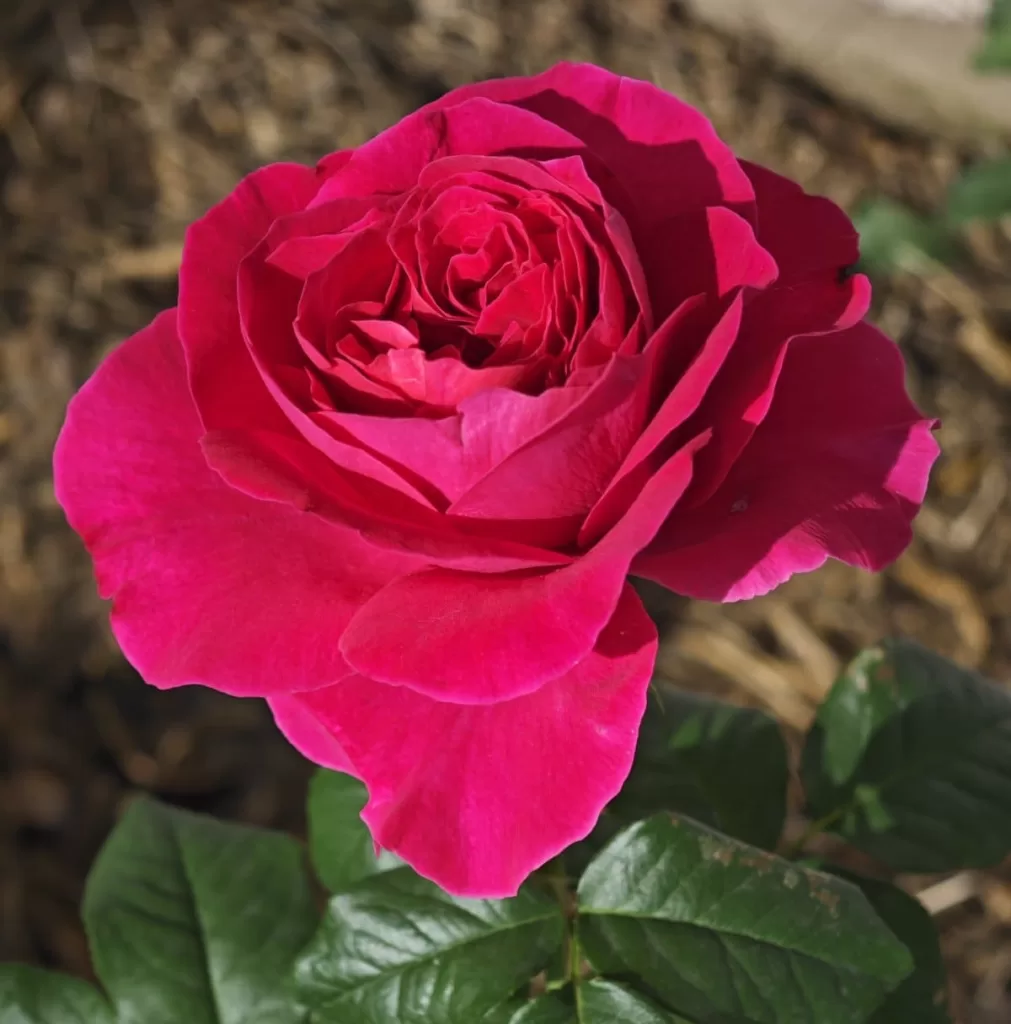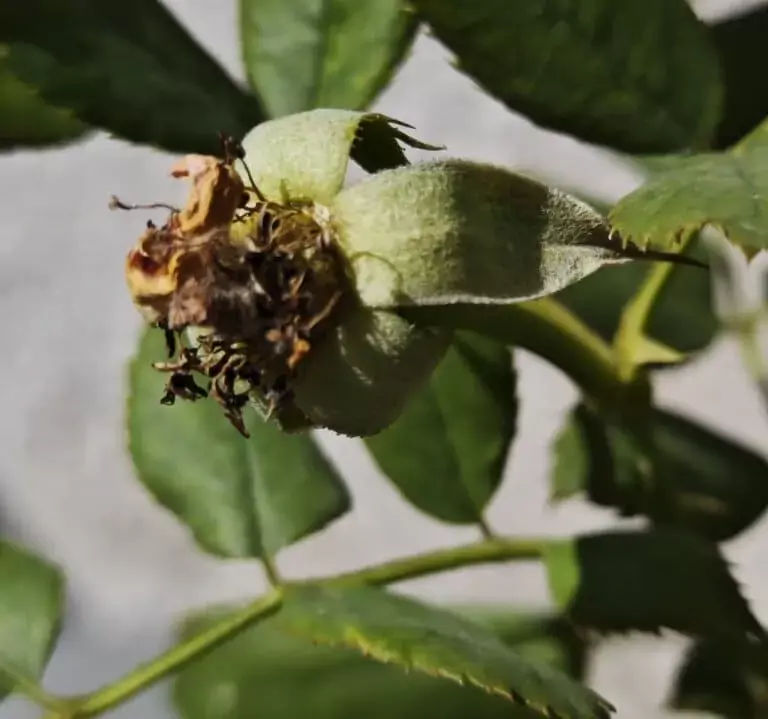Autumn's Embrace: Nurturing Your Garden Roses
As the vibrant hues of summer transition into the warm and earthy tones of autumn, it’s crucial to adapt your gardening routine to ensure your beloved garden roses continue to thrive. Fall is a pivotal season for rose care, preparing them for the cold months ahead and setting the stage for a spectacular spring bloom.
This step-by-step guide will walk you through the essential tasks to nurture your garden roses in the fall.
Step 1: Continue Watering Garden Roses
In the early fall, it’s essential to keep your roses well-hydrated. Although the weather is cooling down, roses still require regular watering to support their root systems.
Ensure the soil around your roses stays consistently moist, but avoid waterlogging, which can lead to root rot.
Step 2: Cease Fertilization
Around mid to late September, halt any fertilization of your garden roses. Fertilizing too late can stimulate new growth that may not have time to harden off before winter, making the plant vulnerable to frost damage.


Step 3: Deadhead Spent Blooms
As your roses continue to bloom in early fall, deadhead spent flowers promptly.
This practice encourages the plant to redirect its energy into developing solid roots and preparing for dormancy.
Pruning is a crucial task for fall rose care. Here’s how to do it:
- Remove Dead or Diseased Wood: Trim away any dead or diseased wood to prevent the spread of diseases during the dormant season.
- Reduce Height: Depending on your climate, you can opt for light pruning, where you trim back the canes by about one-third to one-half their height. This step is more critical in colder climates to protect against winter winds.
When is the best time to prune roses in the fall ?
The best time to prune roses in the fall depends on your local climate and the specific type of roses you have. In most regions, it’s advisable to prune roses in the late fall or early winter when they have become dormant, typically after the first frost has occurred. This period is usually from late November to early March, but it can vary based on your location and climate zone.
Here’s a general guideline for pruning roses in the fall:
Wait for Dormancy: Pruning is best done when the rose plants are dormant. You’ll notice that the leaves have fallen, and the plant’s growth has slowed. If you prune your roses before they are dormant, they may grow new stems that will not mature before frost and may die in winter.
After the First Frost: Pruning after the first frost is a good rule of thumb. This helps prevent any late-season growth that can be damaged by winter cold.
Warmer Climates: If you live in a region with mild winters where roses don’t go fully dormant, you may need to adjust the timing. In such areas, you can typically prune in late fall or early winter.
Late Winter: In very cold climates, you might choose to prune in late winter (February or early March) just before new growth starts.
Clean Cuts: Always use sharp, clean pruning shears to make clean cuts. Remove dead, diseased, or damaged canes, as well as any crossing canes that might rub against each other.
Leave stems About Knee High: Depending on the type of rose, you’ll want to leave stems that are usually around knee-high (12-18 inches). This helps protect the graft union from winter cold.
Clean Up: After pruning, be sure to clean up any fallen leaves and debris around the rose plants. This helps reduce the risk of disease over the winter.
Remember that the exact timing may vary based on your local climate and the type of roses you’re growing. Some rose enthusiasts also prefer to do a more thorough pruning in late winter or early spring, after the last frost, to ensure they don’t accidentally stimulate new growth that could be damaged by late frosts.
FAQ Section:
Do roses need to be cut back in the fall?
Yes, it’s advisable to perform a light pruning in the fall. Removing dead or diseased wood and reducing stem height can help roses withstand winter conditions better.
Do roses still bloom in the fall?
Many rose varieties continue to bloom into the fall, offering a delightful extended season of color. Deadheading spent blooms encourage more flowers.
How long are roses in season?
The length of the rose season varies depending on your climate and rose variety. In temperate regions, it can begin in late spring and extend until the first frost in fall.
Do roses lose their leaves in the fall?
Yes, most rose varieties will naturally shed their leaves in the fall as part of their preparation for dormancy.
Do rose leaves turn yellow in the fall?
It’s common for rose leaves to change color in the fall. They may turn yellow, orange, or even reddish before dropping off. This is a natural part of the seasonal cycle.
In conclusion, tending to your garden roses in the fall sets the stage for a successful growing season next year. With proper watering, deadheading, and pruning, your roses will not only endure the winter but also reward you with a stunning display of blooms in the spring. Embrace the beauty of autumn, and let it inspire you to care for your roses with dedication and love.
